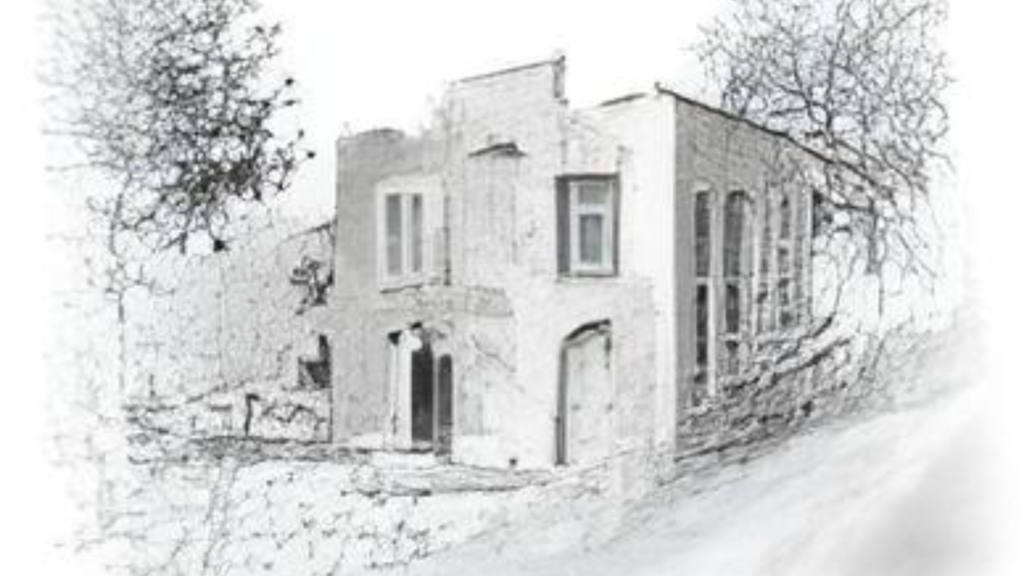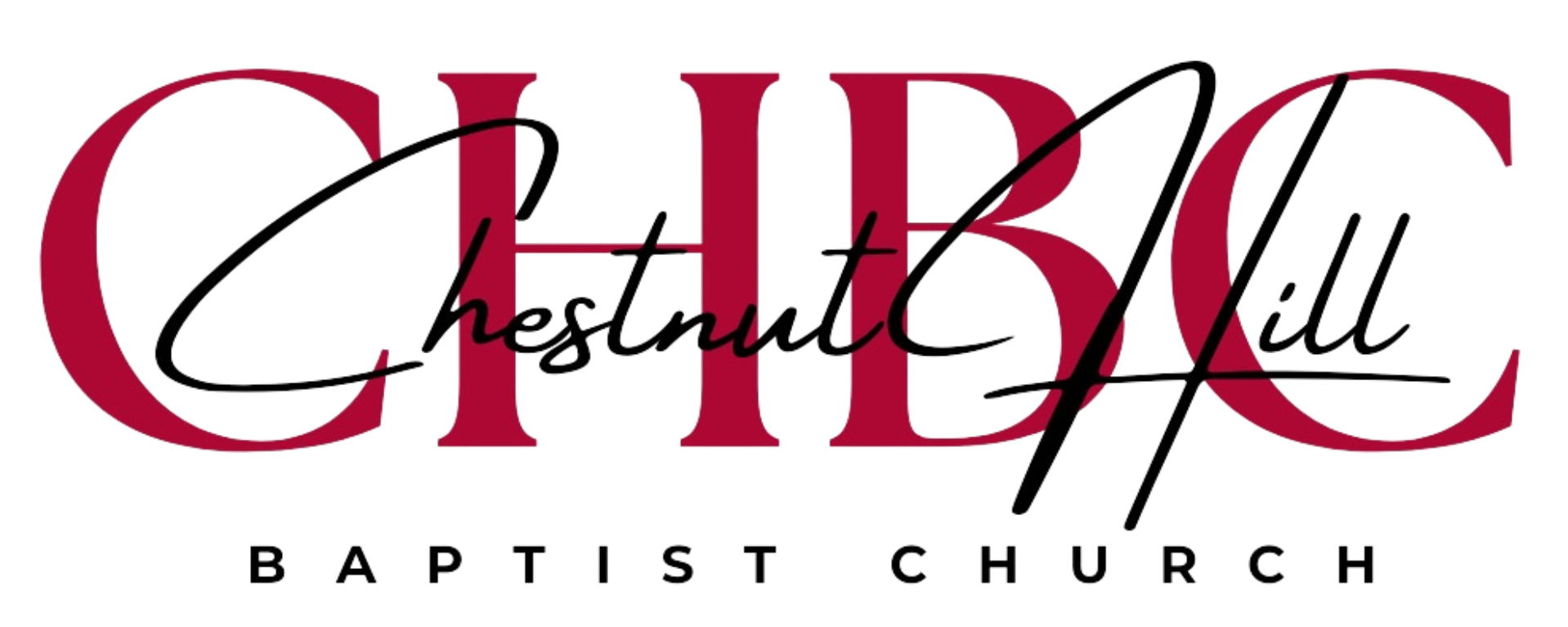
History
In the early 1800’s, Chestnut Hill was a small country village amid rolling farmlands. Two main arteries (now Germantown Avenue and Bethlehem Pike) transversed the hill. This was the era when stage coaches passed through the village on their way back and forth from Bethlehem; when immense covered wagons drawn by four or six horses known as Pitt Teams traveled from the Philadelphia region to Pittsburgh carrying freight. It was the era when herds of cattle, horses, sheep, turkeys, and geese were driven along the pike on their way to market. It was also a time when cows were turned out on the main roads to seek their pasture on the nearby hills above the Wissahickon Creek.
The most profitable business places of the day were the many large taverns along both pikes which were extensively patronized by the drivers, teamsters, hucksters, and farmers. The rollicking life in the taverns was probably the reason for the notation in an old church document which reads, “the inhabitants of Chestnut Hill, for some considerable time previous to 1834, had been noted for their wickedness.”
It was this prevailing atmosphere of perceived depravity that led John Magoffin, a Scottish Presbyterian, to do something for the spiritual welfare of his neighbors. On a lot given by Abraham Heydrick, a Schwenkfelder, and with a donation from Philadelphia Presbyterians, a place for Christian worship was erected on West Union Street (Gravers Lane) in 1822. The meeting house was known as Union Chapel and it was free to all Christian denominations to use as requested. It was in the Union Chapel that in August 1834, a young Baptist preacher named Robert F. Young began a series of meetings. During these meetings, eleven people responded to his call for salvation. On August 15, 1834, reportedly being a clear day between three and four o’clock in the afternoon, they were baptized in the Wissahickon Creek at a point a little above the bridge at the foot of what is now called Hartwell Avenue. It was also reported that great crowds gathered that day to witness the event. As a side note, one incident was reported that marred the solemnity of the occasion. Some “lewd fellows of the baser sort,” had anchored a dead dog at the spot selected for the baptism. The prank was discovered in time and the candidates were taken to a spot further up stream.
Nine days later, on August 24th, five more persons were baptized. These new believers desired to form their own church, and so, on September 6, 1834, these sixteen plus one additional person who transferred membership from another local church, were organized into what was then called the Baptist Church of Chestnut Hill. It was the first organized church on the Hill–to be followed by the Methodists ten years later. The Presbyterian Church was not organized until May 10, 1852. Other churches were organized still later. It was twenty years earlier than the First Baptist Church of Germantown; four years earlier than the organization of Falls of Schuylkill, and one year earlier than the church at Hatborough. The nearest Baptist church was at Roxborough. In all Philadelphia, city and county, there were seventeen Baptist churches.
It was perfectly natural that the church call as its first minister, the one who had been their leader in this spiritual endeavor. A unanimous call was extended to the Reverend Robert F. Young to become pastor at a salary of $150 a year. The Philadelphia Baptist Association helped to subsidize his support. Not only was Pastor Young the founder, but was twice its pastor. His active service covered about twenty years. His first pastorate closed in 1849. After a five year absence to pastor a church in New Jersey, Young returned to Chestnut Hill. Thus, in the church’s first twenty-five years, he was a most conspicuous factor–not only baptizing more than half of all that received baptism in the church, but also superintending the building of both the former, and present church building.
The little group soon began looking for a suitable site upon which to erect their own building for worship. They found what has been recorded as being “the best lot on the hill”–a piece of land then being used as a marble yard (and on special occasions as a place for a traveling circus to pitch its tents). On January 28, 1835, they completed plans to construct a place of worship. It was 40 feet wide and 45 feet long. The cornerstone was laid on May 23rd of the same year. The first services were held in the new church in August 1835.
In those days it was common to find men and boys attending church services in their “shirt sleeves,” in warm weather and young women walking to church in their bare feet. Those of the “better class” carried their shoes until near the church in order to make them last longer. The church attender would not have found an organ nor hymn books.
There was reported to be astounding growth in the Baptist Church of Chestnut Hill in the early years. Starting with only nineteen members in 1834, in six years the church passed the one hundred mark and in 1858 the membership was reported to be two-hundred and forty. The original building soon became inadequate for the size of the membership and plans were made to enlarge the church building. A gallery was erected, twenty feet were added to the front, and renovations made to the interior including a new baptistry.
Prior to 1857, all prospective members were baptized in the Wissahickon Creek or the streams at the Mermaid and Wheel Point regardless of the season of the year. In 1874, a piece of ground at regardless of the season of the year. In 1874, a piece of ground at the far end of the existing graveyard was sold and the proceeds were used to add a tower, belfry, and clock to complete the structure as it exists today.
In 1840 the Millerite craze was on and this caused considerable problems for the pastor and congregation. In spite of phenomenal membership growth, the church was hard pressed to pay the pastor’s salary. Many methods were tried including pew rental and various other assessments–including threats of dismissal. Later, profits from church fairs, strawberry festivals, and excursions to Atlantic City were used to help make up the deficit. The church archives also reveals that many members were disciplined for “lying, cheating, non-attendance, family desertion, intoxication, and immorality.”
Bible teaching has always been essential to the church. Records indicate a brief statement regarding a Sabbath School in 1835. The records are meager, but one document indicates the School reported attendance in 1851 to be “213 scholars.” There are other activities mentioned in early church minutes including a prayer meeting, Ladies Aid Society, choir, two missionary groups, and a young people’s organization.
As the 1800’s progressed, Chestnut Hill was being transformed from a community of country villagers, to a summer resort for city-dwellers, and later to a fashionable suburb. The church also was changing. The twenty-four gas jets were replaced by four Welsback burners, and then to electric lighting. The massive pulpit was replaced by a smaller one; the platform was lowered, and the baptistry was reduced in size. The old pews were replaced by individual theater-style seating, and back again to pews. But, the essence of any church is its people. Times change, but human nature does not. It is said that history repeats itself, and this is evidenced of Chestnut Hill Baptist Church as one reads through the record books. Throughout its history the church has experienced repetitive cycles of spirituality and indifference, growth and decline, fellowship and bickering, prosperity and leanness.
In the early 1940’s, the church was at a low ebb numerically and financially. The war had called the young men away and the congregation was mostly older members. During this period, Second Baptist of Germantown assisted the church by lending two of its assistant pastors to serve as part-time pastors. In 1946, the Philadelphia Baptist Association accepted the responsibility of subsidizing the salary of a full-time pastor. There were about a dozen people in the congregation at that time.
Today, the church is once again experiencing a cycle of growth. Our building is historic, but the people who comprise the church today are a contemporary blend of nearby friends and residents of Chestnut Hill, professionals, laborers, children and retirees who believe that the reasons which compelled the first members to form the church and to begin to meet in fellowship in 1835, are just as valid today. The church still is motivated by the fact that God is as relevant to our lives today as He was to the very first-century church of 2,000 years ago. As such, Chestnut Hill Baptist Church thinks and worships in light of God’s Word which it believes is worthy of full consideration and acceptance for living in today’s complex world!
The church name describes something of who it is in that it bears the name “Baptist.” Chestnut Hill Baptist Church is not affiliated with any particular Baptist denomination. It is an “independent” church (i.e., it governs itself according to the teachings of God’s Word independently of any organized church movement). It retains the word “Baptist” in its church name to signify the symbolism of water which scripturally represents the cleansing power Christ’s death and resurrection for our sins.
Many churches today endeavor to be “relevant” at the expense of the tried and proven Truths contained in the Bible. Throughout its long history, Chestnut Hill Baptist Church has endeavored to prove that the Bible is relevant for all aspects of life. Therefore, the core purpose of its community of people is to proclaim and live the Truth found in God’s Word.
As with any group of people who meet together as a community, Chestnut Hill Baptist Church has a common bond. Its bond is centered around its scriptural principles and beliefs which it has identified and makes available in a brochure to anyone who visits .
Throughout its history, all who desire to worship have been welcome. Today, as yesterday…All are welcome at Chestnut Hill Baptist Church.
NOSTALGIC REFLECTIONS
1835 “On motion resolved, that each member pay 121⁄2 cents per year to defray the cost of communion.”
1864 “On motion resolved, that all persons purchasing graves in the church graveyard, shall pay for them before occupancy.”
1895 “On motion resolved by unanimous vote of church and congregation, to send a protest to the to the Senate and House of Representatives, against the bill to legalize printing, distributing, and sale of newspapers on Sunday.”
1906 Bell Telephone Company was granted the “privilege” of placing a telephone in the church.
1942 A bench was placed outside the church for wayfarers and a tower-chime system was installed.
1974 The Philadelphia Historical Commission designated the Baptist Church of Chestnut Hill as a historic building.
